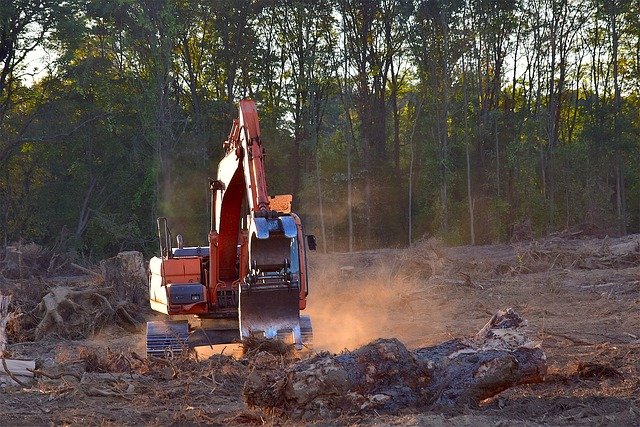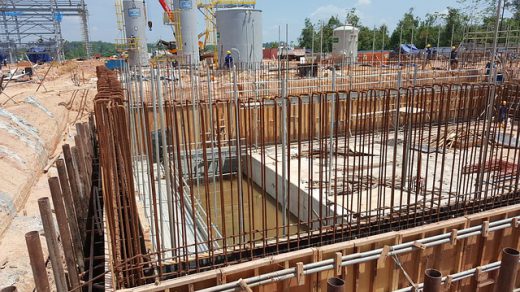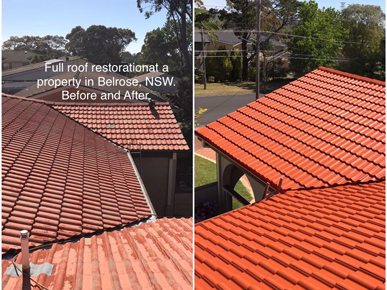
Pruning of Amenity Trees
Among the most effective ways to keep up a healthy tree and its whole environment would be to prune your amenity trees. In case you haven’t already, it’s well worth doing a bit of research concerning the benefits and pitfalls of pruning your trees. While it may look like a simple task that only involves cutting some branches or developing some again, it may have both advantages and disadvantages depending on how you take action. It’ll all depend on which type of tree you have. Some trees are much better with certain types of pruning than others. If you’re not certain, it is always a fantastic idea to speak with a local tree care expert or a neighborhood tree trimming company.
Pruning of Amenity Trees
Before pruning, ensure the tree is strong and healthy. When it’s a tree that does not have weak areas or regions that are feeble, then do not prune it. Weak areas in a shrub signify weakness in the full tree. This may result in the death of the tree as parts start to die from lack of water and nutrients or corrosion in the roots.
Pruning of Amenity Trees
Additionally, pruning trees generally require that they be cut at an angle. This usually means that the main trunk of this tree has to be cut. The other trunks should be cut off to allow space for growth next to the primary trunk. If your tree isn't growing along the direction you would like it to grow, then it is fine to leave the hints slightly untended. This way it will grow in a brand new direction. Just be sure the growth is going the way you want it to.
The main advantage of pruning is that it helps the tree to grow in a healthy way. Without it, the tree may grow too quickly or out of control resulting in harm to properties near. Trees that grow out of control may pose a hazard for people walking or even driving by. Trees that grow too fast in areas occupied may also pose a hazard by preventing paths or causing damage to structures near.
When pruning of a tree, then there are several points to consider. To begin with, when cutting off parts of a tree that is growing, you have to be aware of how quickly the tree grows. Some trees may take longer than others to grow in terms of growth. This could be because of their individual environment. A tree that grows at a heavily wooded area may take more time to develop.
Another factor is the type of tree. Larger trees usually grow faster than smaller ones, while conifers or bonsai trees tend to grow slower. Particular species of trees might have desired attributes for pruning. These may include specific kinds of bark or foliage, branches, or even flowers. Knowing what sort of tree is growing, as well as how quickly it develops can help determine what sort of pruning to do.
A third aspect to keep in mind is the amount of pruning that needs to be done. Some treeologists recommend no more than 30% of the circumference of the tree ought to be pruned in any given calendar year. The rest of the shrub can usually be left alone to grow in its normal condition.
It is important not to cut down a tree that isn’t doing too well. This is only going to make it vulnerable to disease or other ecological factors that may affect it adversely. Trees which are already suffering from poor growth or illness aren’t good candidates for pruning either. Tree pruning is often a delicate process. Careful attention has to be paid to the type of tree being pruned and the type of pruning to be done so as to guarantee a successful performance.



Recent Comments